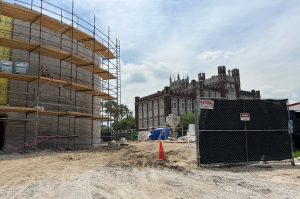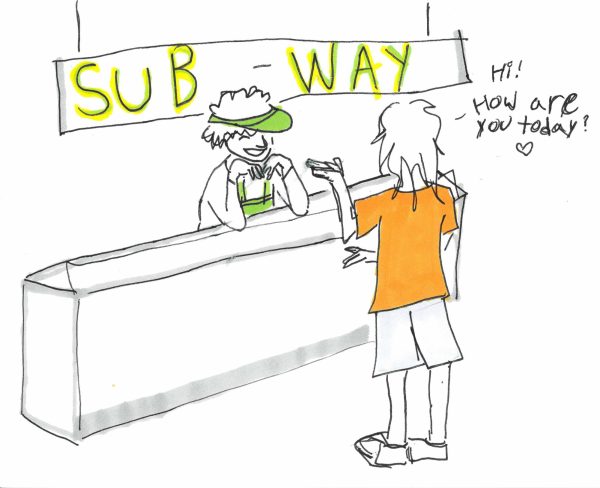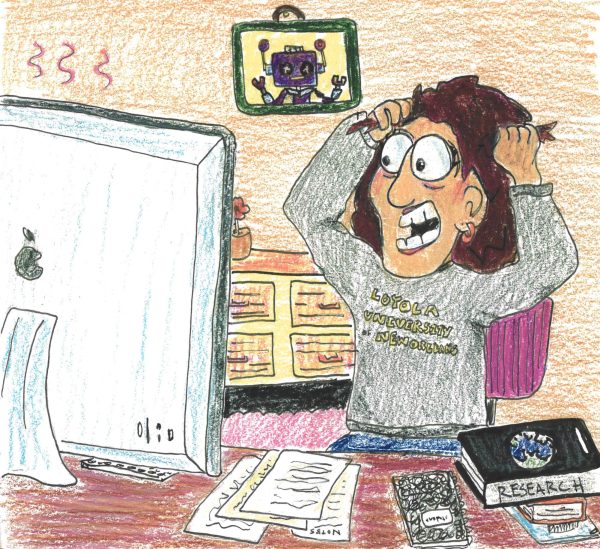Compassion is the key to understanding the child refugee crisis
September 12, 2014
Though the number of unaccompanied children and families fleeing widespread violence in Honduras, El Salvador and Guatemala has been steadily growing since 2012, this summer has seen those numbers reach critical proportions before dropping sharply in half.
While the reasons for this drop in the flow of migrants coming into the country are unclear, perhaps stories of recently deported families and children widely reported in Central American and U.S. Hispanic media have discouraged others from fleeing to the U.S.
Although no one knows at the time of writing this piece if the crisis has truly passed, it is important to understand why so many Central Americans have fled their homes for an uncertain future in the U.S. and the principles at stake in our nation’s response to the crisis.
A delegation from the U.S. Conference of Catholic Bishops, which traveled to Honduras, Guatemala and El Salvador in November 2013, found that a series of interrelated factors have contributed to increasing numbers of children making the treacherous journey north.
Their report concluded that although widespread poverty, lack of educational opportunities and the desire to reunite with family members were factors, the overwhelming reason that children are fleeing is because of pervasive violence and a corresponding collapse of the rule of law in their native countries have created a “culture of fear and hopelessness.”
A 2013 study by Kids in Need of Defense found that 30 percent of the unaccompanied child migrants referred to their services migrated to escape gang violence and intimidation.
On Aug. 5, the Jesuit Social Research held a Catholic Teach-In on the border crisis where over 150 participants heard from recently arrived children and parents from Central America of the horrifying tactics gang members had employed to force adolescents to join their gangs.
Such tactics included spraying their schools with bullets, ransacking their homes and murdering children who resisted. Many Central Americans at the Teach-In also told of having been intimidated through violent assaults to make regular payments to gangs.
Whereas children from Mexico and Canada are almost always immediately deported upon apprehension by Border Patrol, the Trafficking Victims Protection Reauthorization Act of 2008, ensures that when unaccompanied children arrive at the U.S. border from non-contiguous countries, they have an opportunity to plead their case for protection in U.S. immigration court.
The TVPRA was signed into law in 2008 by President George Bush with strong bipartisan support, and it ensures that such children have an opportunity to plead their case for protection. The Refugee Act of 1980 also received the strong bipartisan support so rarely seen in these hyperpartisan times. That law sets the standard for refugee protection for the rest of the world.
How can we expect other countries to accept refugees at their borders escaping violence and persecution if we start deporting children at our borders with no due process protection? U.S. political leaders must resist any efforts to weaken the TVPRA or due process protections for asylum seekers.
Above all else as the debate on how to address the border crisis ensues, let us not forget that we are talking about children. How we respond to this crisis will indicate the values and principles that currently define ourselves as a nation.
I hope they will be the values and principals Americans have long cherished: tolerance, fairness, a beacon of hope for those fleeing persecution, special concern for the weak and vulnerable and, above all, compassion.
















